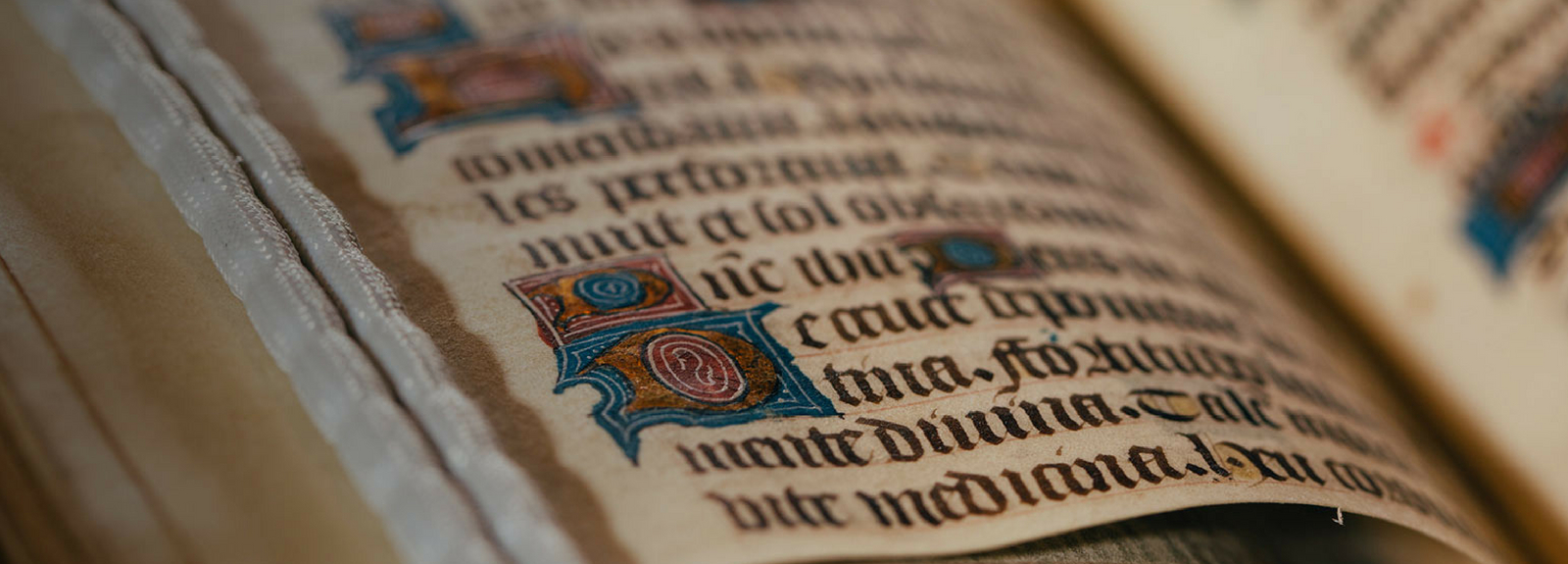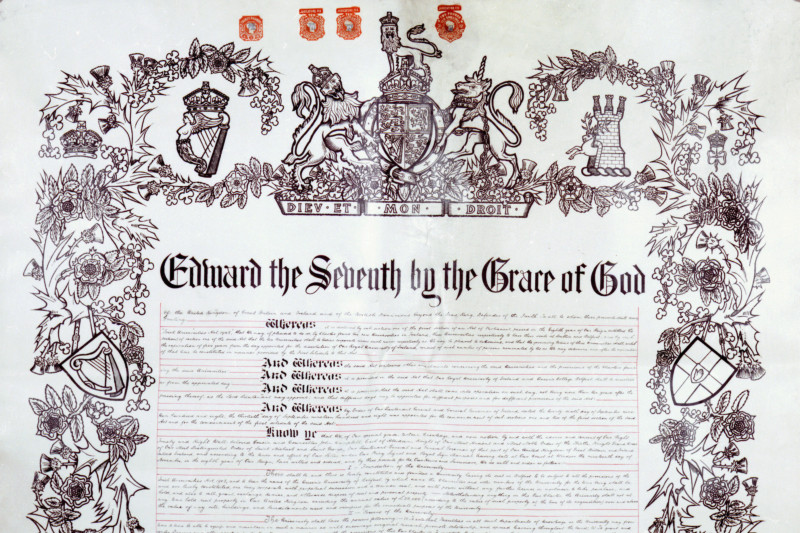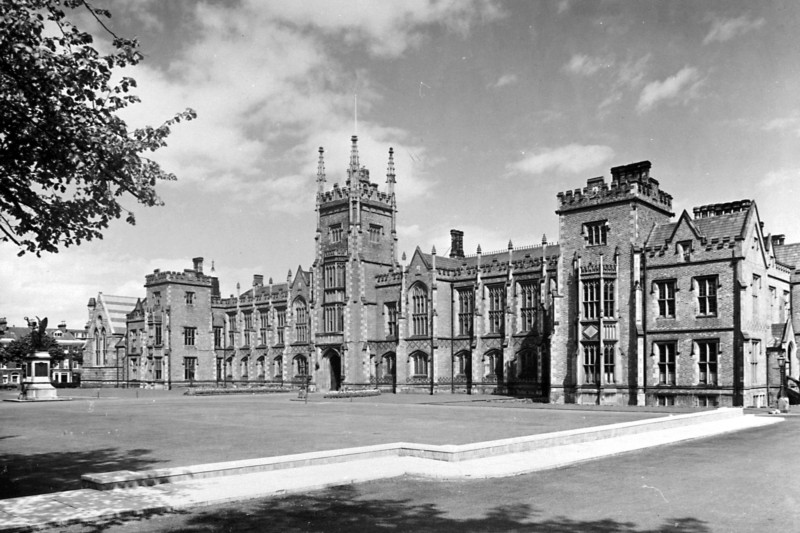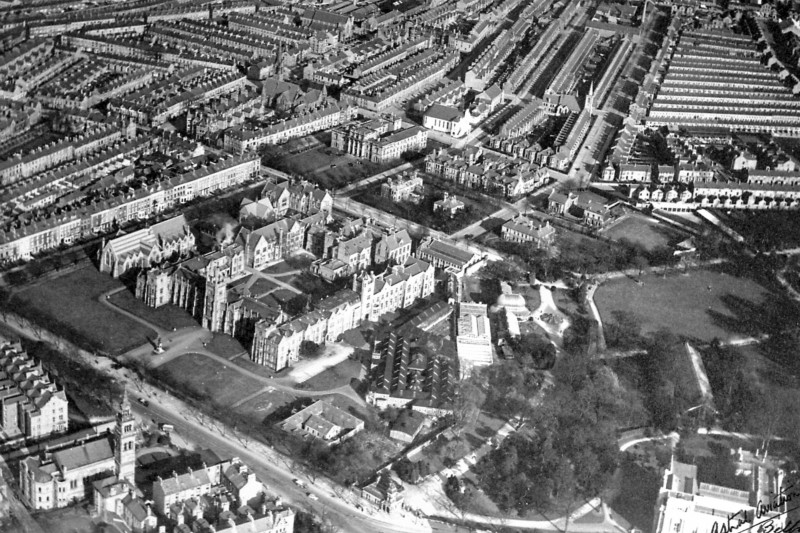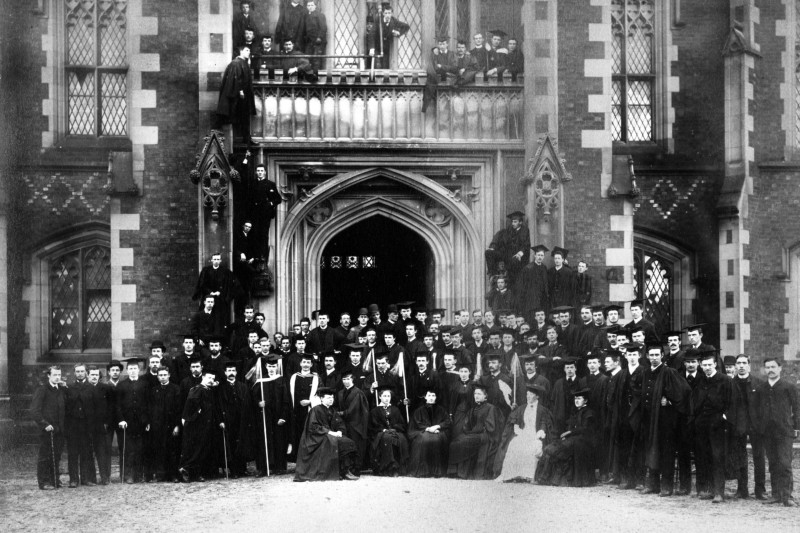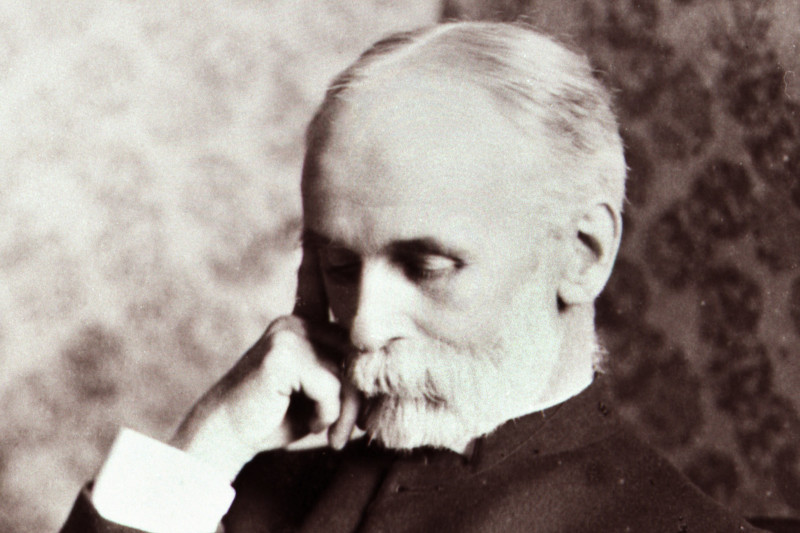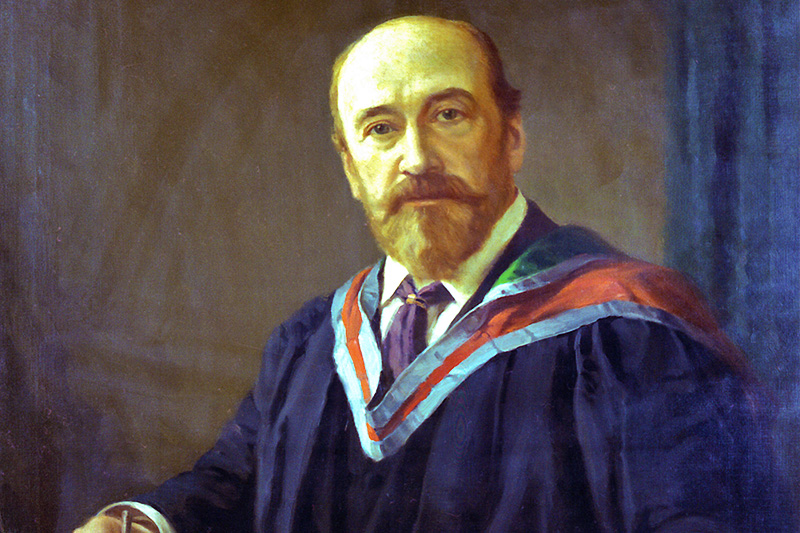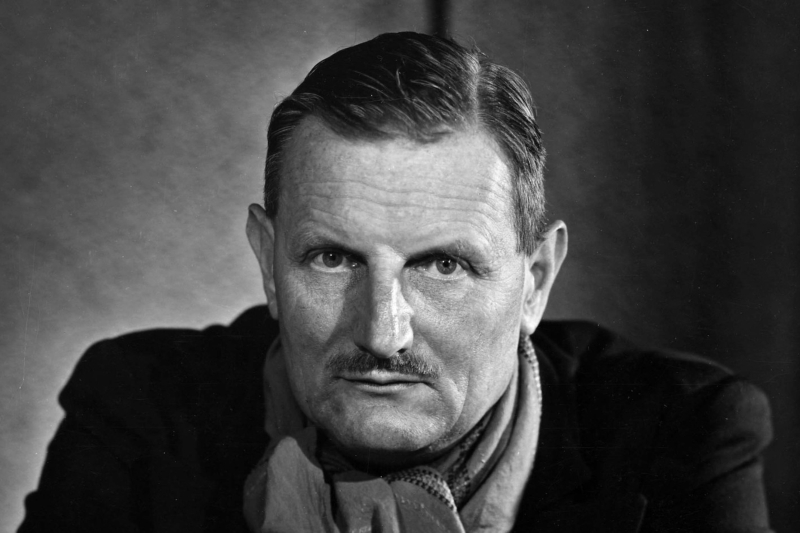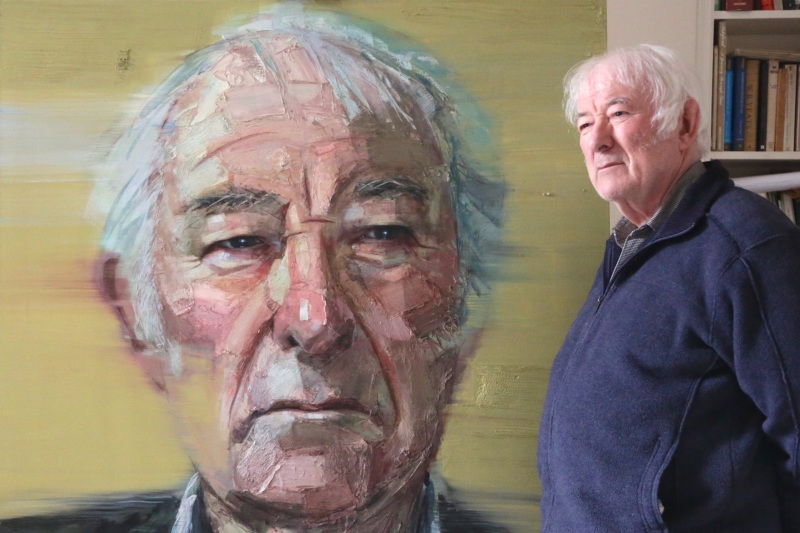History and heritage
BORN FROM ROYALTY
At Queen’s, we are proud of our connections to the Royal Family and their support for the University since the Queen’s Colleges were formally brought into existence on 30 December 1845 and named in honour of the reigning monarch, Queen Victoria.
HISTORIC BUILDINGS
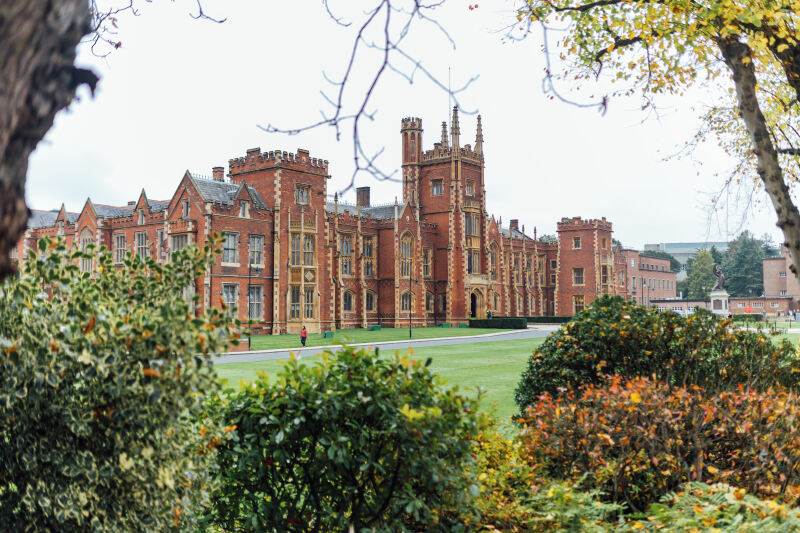
Lanyon Building
The centrepiece and the enduring symbol of Queen’s University is the original building, completed in 1849.
It is now known as the Lanyon Building after its architect, the renowned Sir Charles Lanyon. His design borrows from the Gothic and Tudor character of the great medieval universities, and in particular from Magdalen College, Oxford.
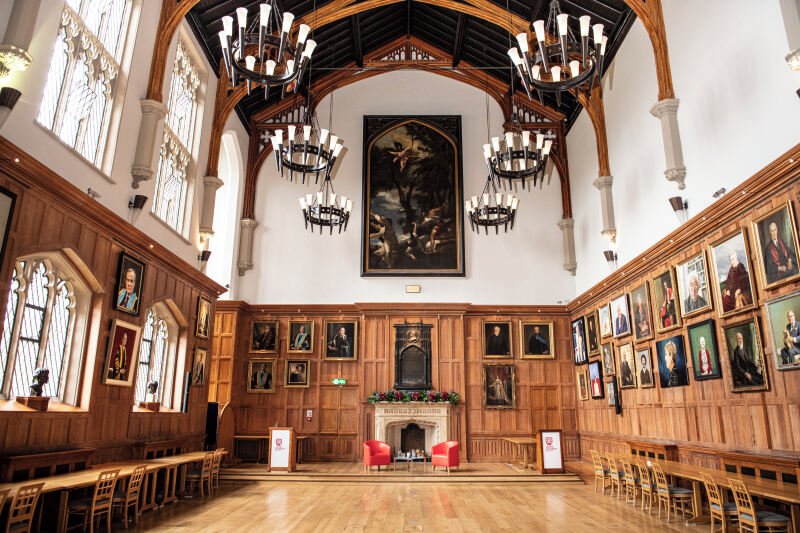
Great Hall
The magnificent panelled walls of the Great Hall hold a selection of portraits from the University’s art collection, creating a warm, powerful and theatrical space at the heart of the University.
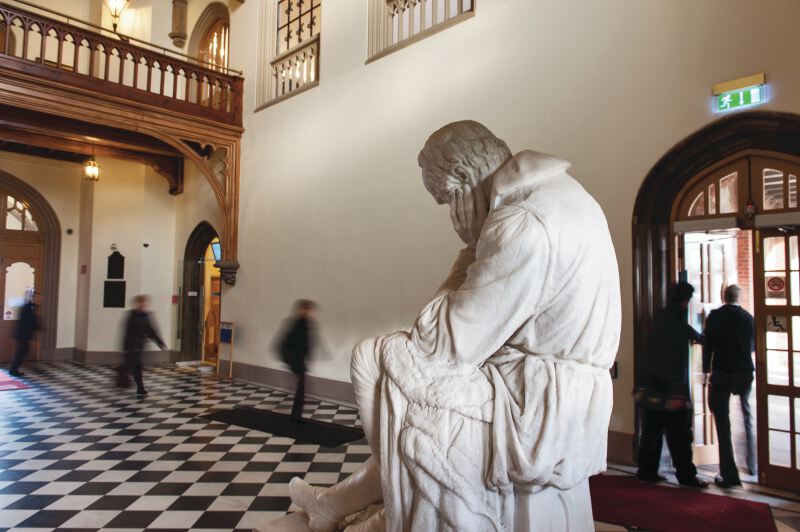
Black and White Hall
The Black and White Hall can be found through the main doors of the Lanyon Building.
The central statue of Galileo, by Pio Fedi, was installed in the hall in 2001 as part of the restoration of the adjacent Great Hall.
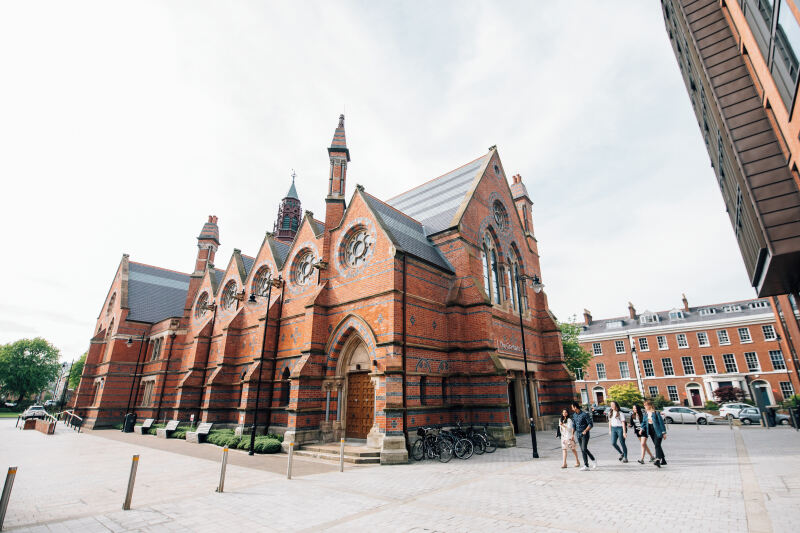
The Lynn Building
Named after its architect, William Henry Lynn, and designed in a vibrant Ruskinian Gothic style, it was originally the main library.
It is now the home to The Thomas J Moran Graduate School, having been sympathetically restored and remodeled in 2015.
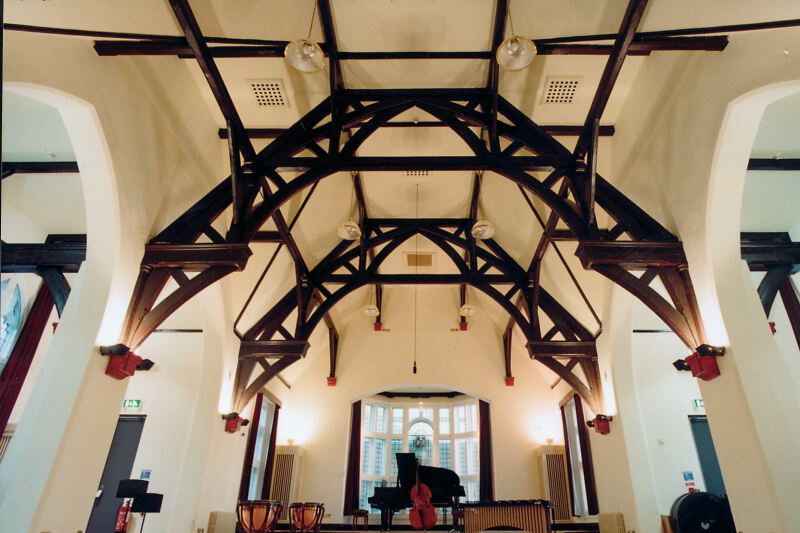
School of Music Harty Room
With a splendid hammer-beam vaulted roof and warm acoustic, the Harty Room (seating 120) is situated within the Music building where the regular lunchtime recitals and evening concerts take place. It is also the main rehearsal space for choirs and orchestras at Queen's.
It houses two full-concert Steinway grand pianos, a double-manual harpsichord, fortepiano, chamber organ and many percussion instruments.
The Harty Room is also equipped with a large projector screen and audio PA system suitable for events such as concerts and seminars.
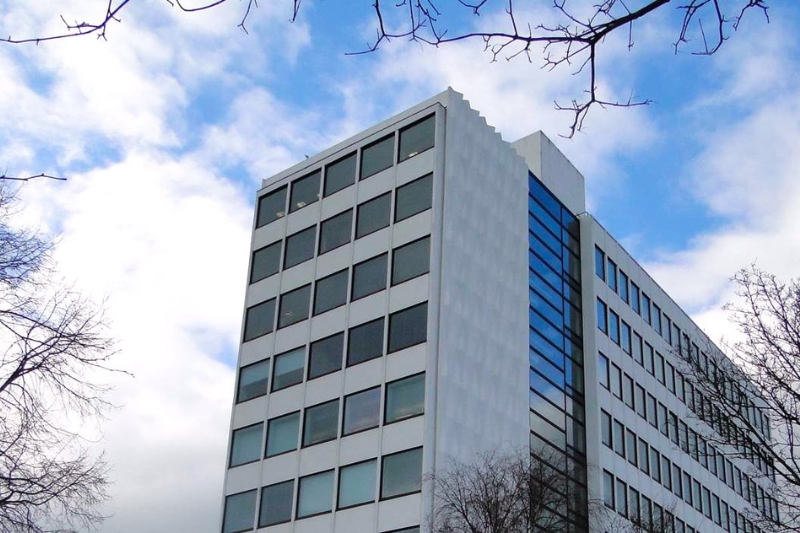
Ashby Building
Situated on the Stranmillis Road, the Ashby is home to the School of Mechanical and Aerospace Engineering and features one large lecture theatre and 13 rooms.
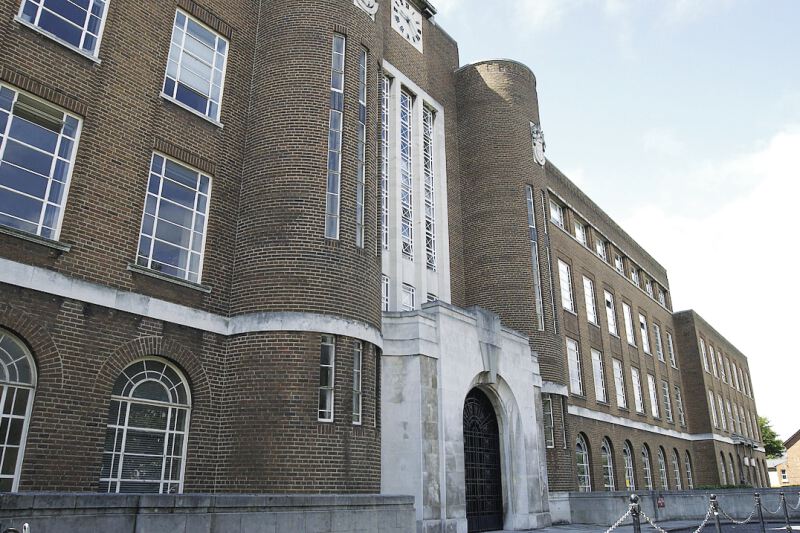
David Keir Building
The David Keir Building is named after the eminent Vice-Chancellor Sir David Lindsay Keir (1895–1973). Opened in 1959, the construction of the building marked the beginning of a great expansion of the University following the Second World War.
Located opposite the Friar’s Bush Graveyard (thought to be Belfast’s oldest Christian burial ground) and close to the site of a former monastic settlement believed to date back to the third or fourth century AD, the David Keir building has its own share of ghost stories.
